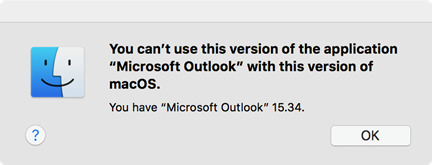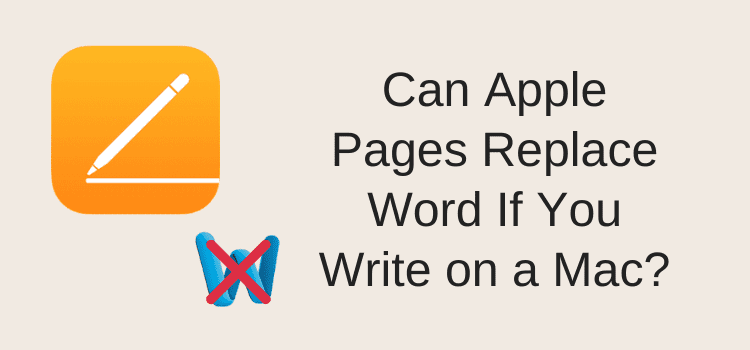

- Microsoft 2011 for mac speech how to#
- Microsoft 2011 for mac speech install#
- Microsoft 2011 for mac speech portable#
- Microsoft 2011 for mac speech windows#
Microsoft 2011 for mac speech install#
I've also worked on other macs, at home and with visually impaired students at a nearby school, and I never needed to install or worry about anything because each one had the same VoiceOver I already knew.
Microsoft 2011 for mac speech windows#
Windows and Linux users could not do that. Through all that, I had to ask for sighted assistance only twice, once to ask what the computer was doing when it refused to boot, and once to see why it had frozen up (that second one I solved with a hard shutdown, and really, I didn't need to ask at all). I booted into a recovery disk I already had on hand (which I created independently), ran some disk repairs, wiped the hard disk, installed Mavericks, and ran through the initial setup process. Last week, a friend of mine lent me his 2010 Macbook because it wouldn't boot. Perhaps you're thinking, "but I've never encountered a Mac in the wild, so this doesn't matter to me"? I haven't either, but consider this. Any Mac running a reasonably modern operating system will have basically the same screen reader you already know.
Microsoft 2011 for mac speech how to#
You don't need to wonder which of the five major screen readers a computer might be running, if it has one at all you don't need to try to figure out how to launch an installed screen reader you don't need to worry about the computer not having an authorization and stopping your screen reader after forty minutes you don't need to figure out which keyboard layout is in use, or what changes someone else might have made to key bindings. It's sort of like carrying NVDA on a thumb drive, but better. You can even put your VoiceOver preferences on a thumb drive, and VoiceOver on any Mac can use them in place of its defaults. You can walk up to just about any Mac computer, hit command-f5, and have a familiar screen reader pop up. Once you know VoiceOver on your Mac, you know it on every Mac back to 2005 or so. Why I Love It VoiceOver is Built Deeply into Every Mac For example, the amount of content that automagically syncs between my Mac and iPhone is great, and is part of why I use a Mac, but it is not specific to accessibility and so will not be talked about. I will not spend much time on the features that are not directly related to accessibility.

I will then point out the downsides to the Mac that I have found so far. Below, I want to give the major reasons why I decided to use the Mac over Windows. I put more ram in my Mini, and got an adapter so I could hook up a monitor, and things are running fine. In the year and a half since, I have become a convert to OSX. My only other choice: finally give OSX a fair shot. Since I had no way to connect a screen to my computer, I could not even get sighted help to resolve the problem, so I was effectively unable to use Windows. This would have worked out just fine, except that a rather nasty bug in a new speech synthesizer I was trying out at the time rendered Windows pretty much useless.
Microsoft 2011 for mac speech portable#
I brought my Mac with me-it is one of the most portable desktops I have ever seen, and I figured it would do just fine so long as I kept it booted into Windows (I was traveling to the school by bus, so had no way to carry an entire monitor with me). In 2012 I volunteered for five weeks at a school for the blind, helping to teach the students assistive technology. Second, the Mac seemed a bit sluggish compared to Windows, and I was used to the instant response of NVDA, so I stuck with what I liked more, never really giving OSX a chance. First, I had no way to hook my monitor to the Mac, and that caused it to slow down, whereas Windows could run fine with no screen. I used that OS almost exclusively for a year, for two reasons.

Having been trained on Windows for years, the first thing I did was install Windows on a Bootcamp partition. In 2011, I purchased the cheapest Mac I could, a low-end Mac Mini. Given that positive experience with Apple, and all the comments about VoiceOver on the Mac I'd been hearing, I decided to give the Mac a shot. I was resistant at first, but eventually warmed up to it and grew to rely on it more than the braille notetaker I had used for over eight years. I got my first iOS device, an iPod Touch (fourth generation), for Christmas in 2010.


 0 kommentar(er)
0 kommentar(er)
